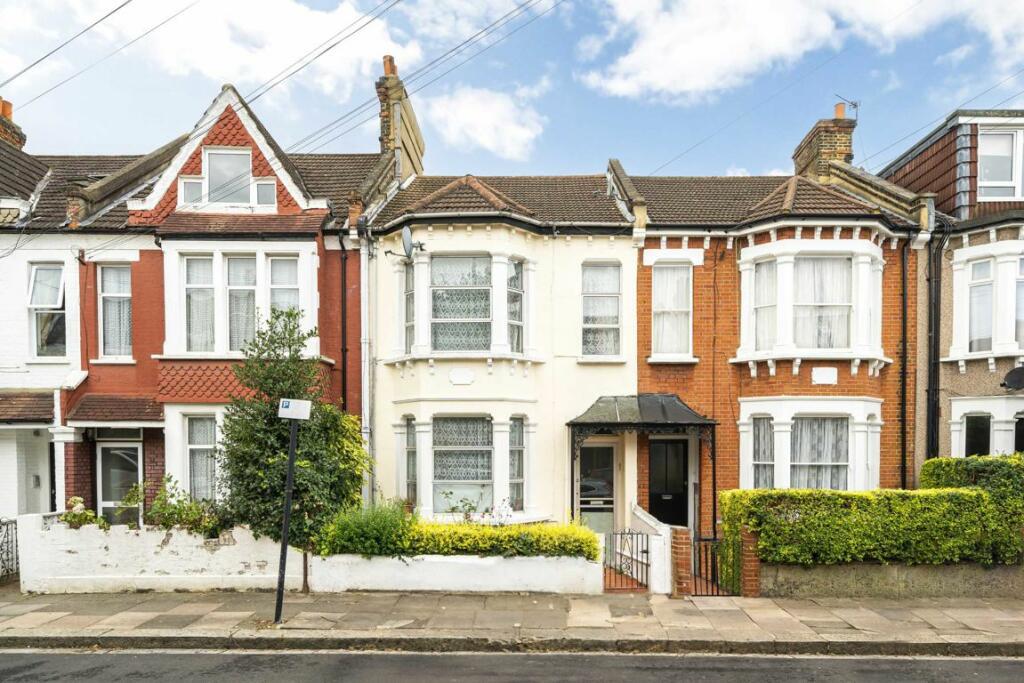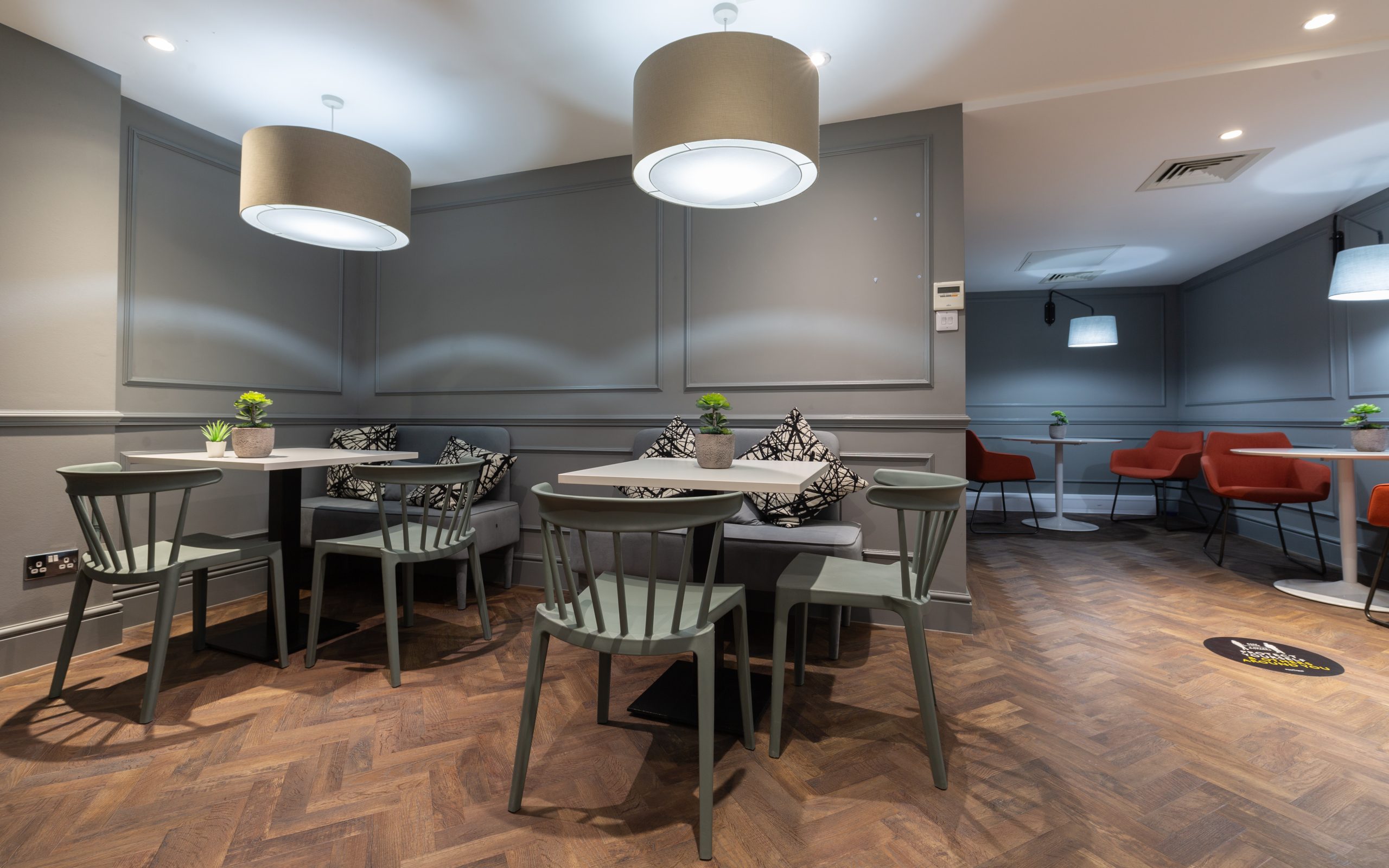Residents’ management companies are being urged to ensure fire risk assessments are carried out at their apartment blocks in a wake-up call as new regulations come into force.
An expert at property management firm Scanlans warned the clock is ticking for management companies at buildings which are over 18 metres in height or at least seven floors.
A deadline of Saturday, September 30 has been set for them to ensure that up-to-date information about buildings in this category is registered on a new central portal, which is being created so that fire and rescue services have the data to hand in the event of an incident.
The information required includes details of the building’s structure, height, the number of floors and apartments, as well as fire safety information relating to aspects such as fire and smoke controls.
It is the latest measure in the government‘s drive to improve building safety across the UK in the wake of the Grenfell tragedy.
Scanlans, which operates nationwide from offices in Manchester, Birmingham and Leeds, has a property management portfolio of more than 20,000 units across over 300 residential sites, from listed apartment blocks to new-build housing developments.
Paul Christopher, who is a specialist fire risk assessor at Scanlans, has issued a guide for management companies about key aspects that should be covered during inspections.
Paul, who is a member of the Institute of Fire Safety Managers and holds industry qualifications from numerous bodies such as the Royal Institution of Chartered Surveyors, said the new portal underlines the need for thorough fire risk assessments to be conducted at high-rise blocks.
From October 1, the nominated principal accountable or responsible person for a high-rise building will be obliged to make a record of a fire risk assessment, which must be carried out by someone with training and experience.
Paul said: “There’s an increasing emphasis on fire safety across the sector, as we have seen with the Building Safety Act.
“The new government portal will provide vital information to fire and rescue services if they are attending for a fire, as well as for their investigations.
“Information about matters such as the floor plans of buildings, façades and what fire-fighting equipment is installed will assist them enormously.
“There is a requirement for the information to be updated for the life of the building, being referred to as the ‘golden thread’, with fire risk assessments being registered, any material changes to the building being logged, and the details of all responsible and accountable people being detailed.
“Management companies must ensure they have a thorough fire risk assessment for their building, understand the action points that are raised, and deal with them.
“Once a fire risk assessment has been completed, there will be recommendations for the responsible person to remove, mitigate and manage fire risk to the building within appropriate timescales.”
The information required for the new portal should be compiled from the most recent fire risk assessment, he added.
Paul recommends an annual survey to assess what risk a fire may pose to a building and residents.
His guide to what should be covered in a fire risk assessment includes:
- Whether communal area fire doors comply with British Standard 1936
- A visual inspection of communal areas for the integrity of compartmentation and fire-stopping, and inspecting communal riser rooms. Paul says these checks are essential, as riser rooms often open onto escape routes from apartment entrances
- Checking whether items along escape routes may pose a risk to fire fighters or to residents during an evacuation, including trip or fall hazards such as prams, pushchairs and bicycles, and combustible or flammable items
- The level of smoke ventilation provision
- Whether electrical installations are tested and safe
- Whether a suitable fire action plan is displayed and in practice for the building
- What fire detection equipment is provided and whether it is suitable, including smoke detectors and alarms
- Whether there is sufficient emergency lighting along escape routes, and sufficient fire exit and safety signage
- Any risk of a fire starting internally and externally, such as a source of fuel close to a means of ignition
- Whether any dangerous substances are kept in the building and, if so, whether appropriate risk strategies are followed.
Paul added: “Seemingly small issues can lead to catastrophe. However, by acting on issues raised in a thorough fire risk assessment, the damage to a building and the danger to its inhabitants in the event of a fire can be minimised by reducing the chance of it spreading.”
Paul said common fire risk factors which emerge during assessments include the condition of electrical wiring, and electric scooters or batteries left to charge in communal areas.
Each resident should have an hour’s fire protection in their apartment in the event of a fire, or a safe means of escape.
“Every building is different, and a fire risk assessment should not be merely a box-ticking exercise,” he said.






